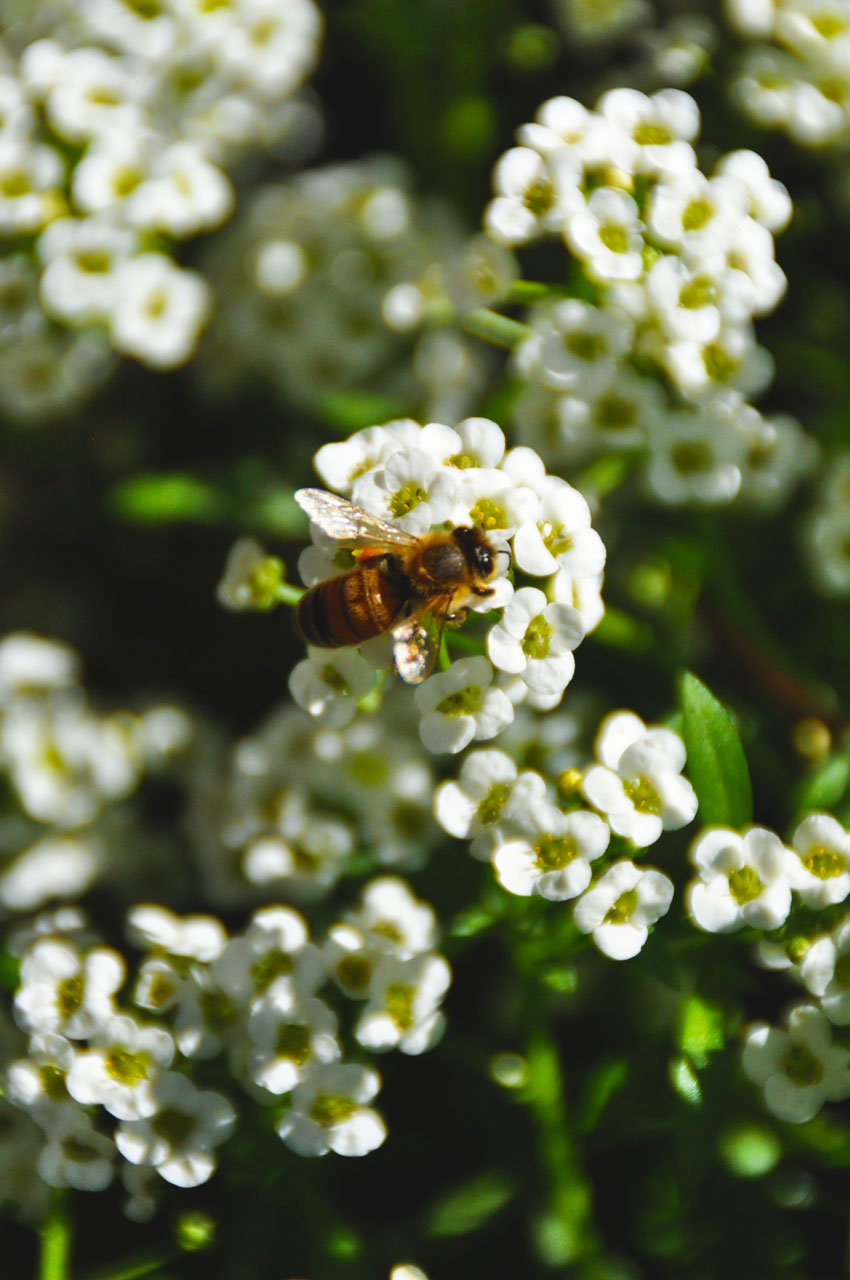In nature, plant communities can be extremely diverse, which allows for natural partnerships. Think of a NorthWest forest abundant and lush with great Douglas Fir, fern, iris, moss and more. This is nature’s method of Companion Planting and we can replicate it in our own landscapes so that the various plants, shrubs and trees all work together.
Let’s examine the different ways plants work together to access sunlight, absorb nutrients, and work defensively to ward off pests.
SUNLIGHT – Plants that require less lighting than the sun’s full exposure are great ground plants beneath large shrubs (like lilacs or rhodies) and trees (like evergreens). Some of these shade loving plants like impatiens and hydrangeas grow more prominently in the shade of these larger plants, hence they are perfect companions.
|
SOIL – Another way to incorporate companion planting in your home garden would be to select plants that make their demands on the soil at different times. Vegetables like cabbage, cauliflower, chard, lettuce, spinach, sweet corn and tomatoes are all regarded as heavy-feeders. (Remember gardeners, heavy-feeders should always be planted in newly fertilized soil). These crops can be followed by legumes, root crops and herbs that are known as light-feeders. In culmination, the same soil and the same conditions can be used to produce a higher yield of vegetables and herbs with less work.
NATURE’S DEFENSE (AND OFFENSE) – Selecting plants with certain characteristics can benefit or harm – the plants that surround them. One such example is with aromatic plants that naturally deter garden pests. When paired by vegetables, you will notice a higher yield of edible vegetables when harvest time comes around, as they will have been exposed to fewer insects.Geraniums can be used as ‘trap crops,’ when planted with roses to help deter Japanese beetles. Plant Mustard or Alfalfa near strawberry plants to ward off the lygus bug away from your luscious red berries. (This method was pioneered by commercial farmer Jim Cochran in California).
|
Some plants have flowers that attract bees. These can help play a positive role in pollination. Plant marigolds along the edges of your garden beds or create bee gardens to aid in pollination. Of course, the possibilities are as endless and diverse as there are plants in this world. What’s important to remember is that through careful plant choice you can help increase vegetable production while reducing the need for chemical use in your garden. This means you get to save money and enjoy a few more fruits for your labor.
Companion Plant Examples:
- Blueberries: Oak trees and Pines create acidic soil conditions. Blueberries do best in this type of soil. Clover fixes nitrogen in soil helping to support the high yields of Blueberries. Yarrow and Bay Laurel have been found to help repel unwanted insects.
- Marigolds: Often known as the workhorse of companion planting. These colorful plants help repel a wide variety of pests (root-knot nematodes, bay leaf hoppers, cucumber beetle, squash bug, onion fly, and cabbage root fly). They also attract slugs and snails protecting your desired crop. They are work best planted with tomatoes, peppers, gourds, cucumbers, squash…. Heck! Just plant them anywhere you have room!!
- Nasturtium: These are known as a trap crop that attracts predatory insects (aphids, squash bugs and many more). Plant them with beans, squash, and tomatoes, cucumbers, and fruit trees.
- Rosemary: Deters cabbage fly and many bean parasites. Plant with cabbage, beans, carrots, and brassicas.
- Garlic: Helps lettuce, peas, cucumbers, celery, roses, tomatoes, cabbage, potatoes and more. They help repel aphids, mites, Japanese beetle and many other pests. They can be planted throughout the garden.
- Lettuce: plant with beets, beans, onions, broccoli and cabbage. Sage or mint planted along with your lettuce will reduce the issue of slugs eating your lettuce before you do.


